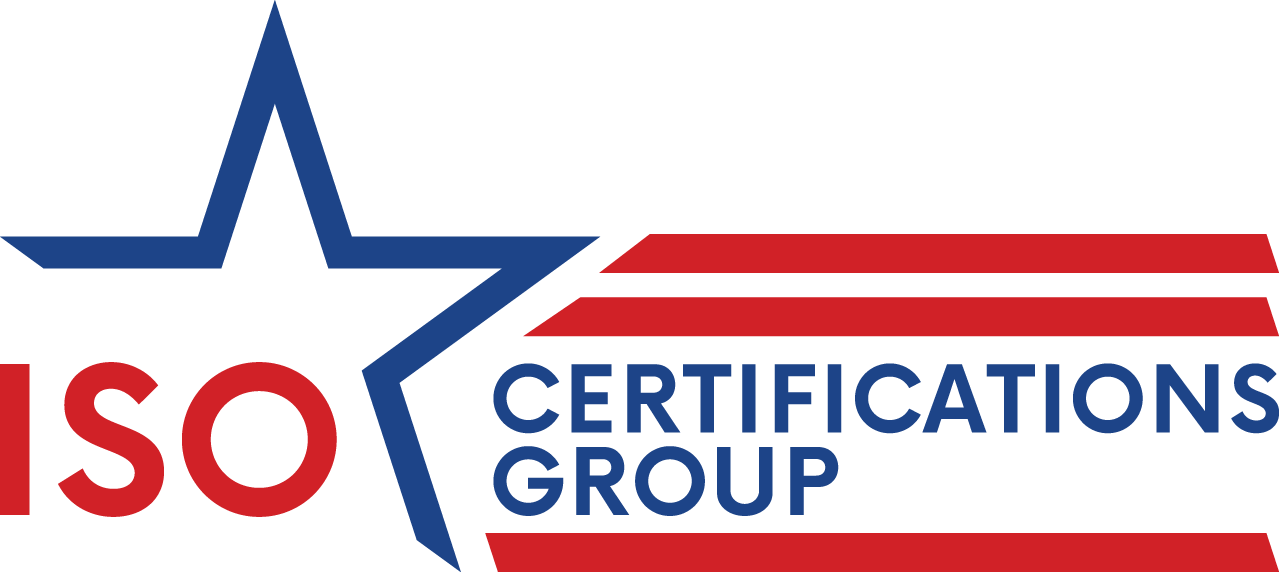ARTICLES
Get the latest ISO news and updates with the resources to obtain ISO certification for your organization.
The Key to Quality Management: Utilizing CAPA
Strategies for Effective ISO 9001 Management Reviews
How To Turn Your Nonconformities Into Improvement
What to Do After A Failed Certification Audit
3 Key Factors Your Organization Should Monitor with ISO 9001
Know Your Terminology: A Guide to Key ISO Vocabulary
What’s the Difference Between ISO 14001 and ISO 50001?
Overcoming Common ISO 45001 OH&S Challenges
Aligning Your Objectives with ISO Standards
ISO Management Systems & The Importance of Planning
Developing Strong & Committed Leadership with ISO
The Benefits of ISO Certification in Manufacturing
Making Strategic Environmental Management Decisions in 2025
Top Practices for Engaging Employees with ISO Management Systems
Choosing the Right ISO Certification for Your Business
Benefits of Integrating Multiple ISO Standards
Is Your Certification Body Offering Consulting?
Driving Customer Satisfaction with ISO 9001
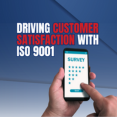
Tips for Creating a Quality Culture
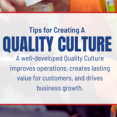
How Human Factors Influence ISO 9001 Success

Emerging Trends That Could Impact Your Management System

Biggest Mistakes Organizations Make with ISO 9001
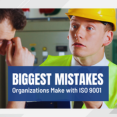
Integrating ISO 14001 With Other Management Systems
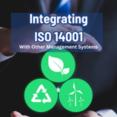
The Importance of Risk Mitigation in ISO 9001
Tips For Evaluating ISO 45001 Occupational Health & Safety Management Systems

ISO Certification for Small & Medium Enterprises

Why Do Organizations Change Certification Bodies?

Top 3 Reasons Organizations Seek a Certification Transfer

Performing Inspections and Acceptance Tests

Poor Process Approach and Risk Based Thinking Leads to Trump Assassination Attempt?

Emergency Preparedness and Response
Navigating the ISO 9001:2015 Amendment: Climate Change

ISO 9001 Clause 7.1: Resources to Consider for Implementation

5.1 Leadership & Commitment

Why Do We Need ISO Certifications?

The Benefits of ISO 9001:2015 Quality Management System Standard

ISO 9001:2015 Quality Management System Standard Overview

Becoming ISO 9001:2015 Quality Management System Certified

The Benefits of ISO 14001:2015 Environmental Management System Standard

ISO 14001:2015 Environmental Management System Standard Overview

Becoming ISO 14001:2015 Environmental Management System Certified

The Benefits of ISO 45001:2018 Occupational Health and Safety (OH&S) Management System

ISO 45001:2018 Occupational Health and Safety (OH&S) Management System Standard Overview

Becoming ISO 45001:2018 Occupational Health and Safety Management System Certified

Benefits of ISO 50001 Energy Management System (EnMS) Standard

ISO 50001 Energy Management System (EnMS) Standard Overview

How To Become ISO 50001 Energy Management System Certified

PREASSESSMENT AUDITS
A pre-assessment audit is performed with the same independence and objectivity as a certification audit. The auditor(s) will conduct activities such as documentation review, process review, interview of process owners, etc, in order to gather the necessary information that evidence compliance.
VERIFICATION AUDITS
Verification Audits are conducted by the ICG’s auditors as an independent third party that verifies that your organizations’ quality management system conforms to the ISO 9001 standard.
CERTIFICATION AUDITS
Certification Audits are conducted by the ICG’s auditors as an independent third party that rely on certification, for the purpose of certifying that the organizations’ quality management systems conform with the ISO 9001 standard.
CERTIFICATION TRANSFERS
Transfer your Certification from one Certification Body to ISO Certifications Group at any stage.
